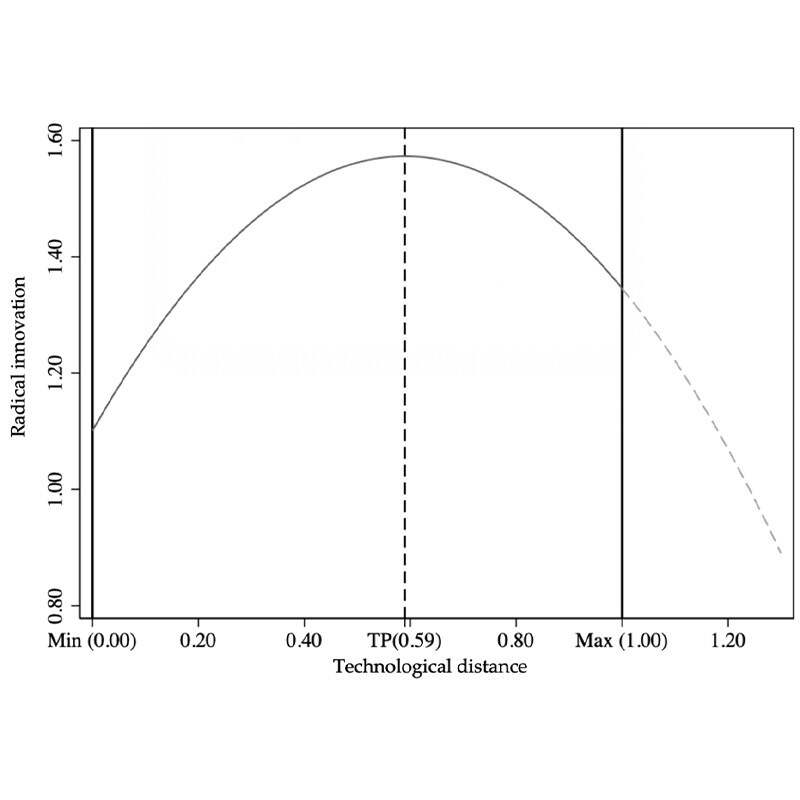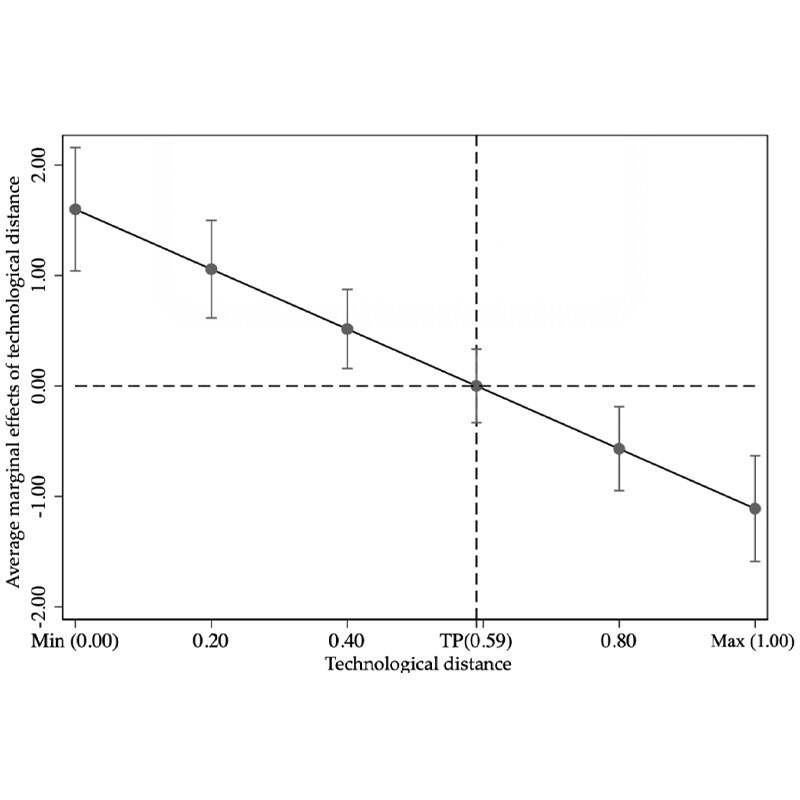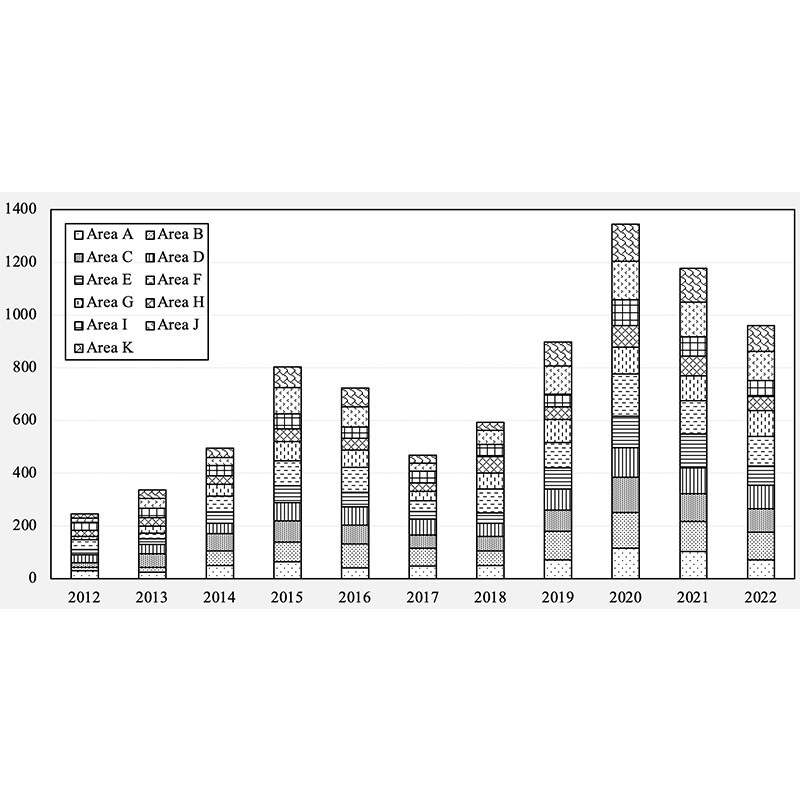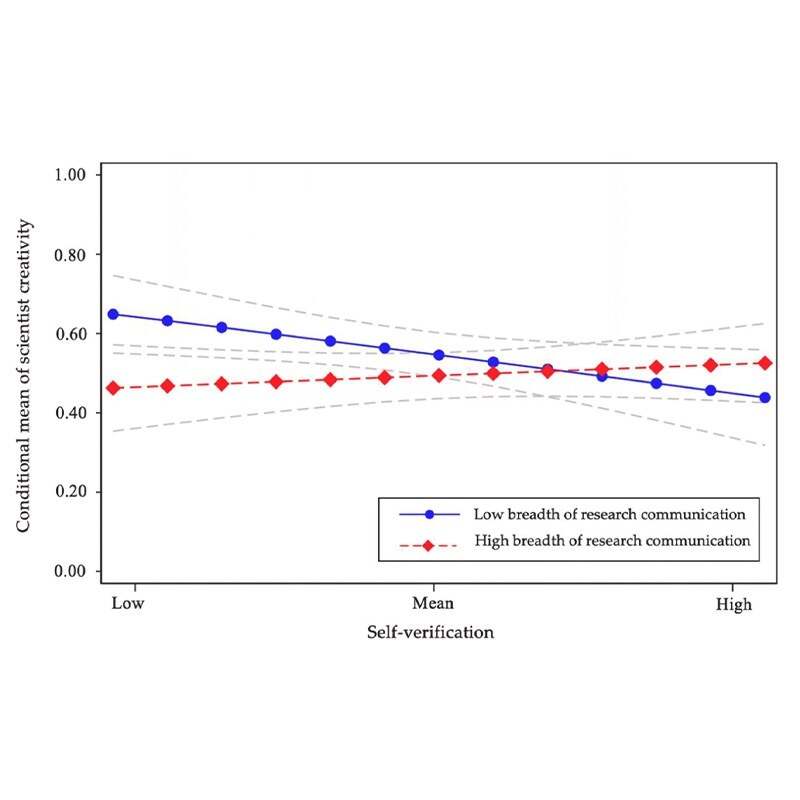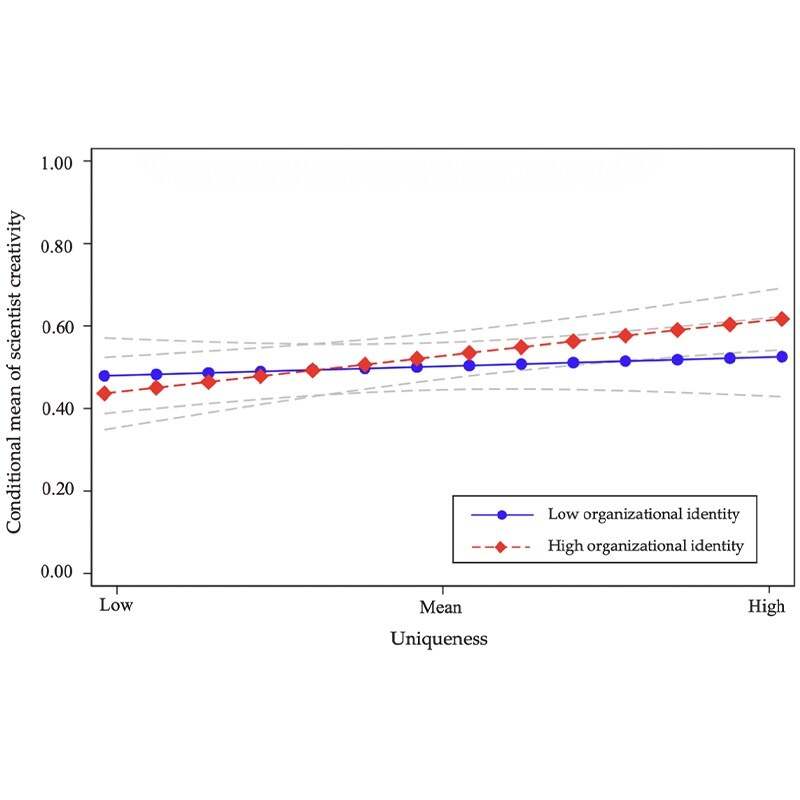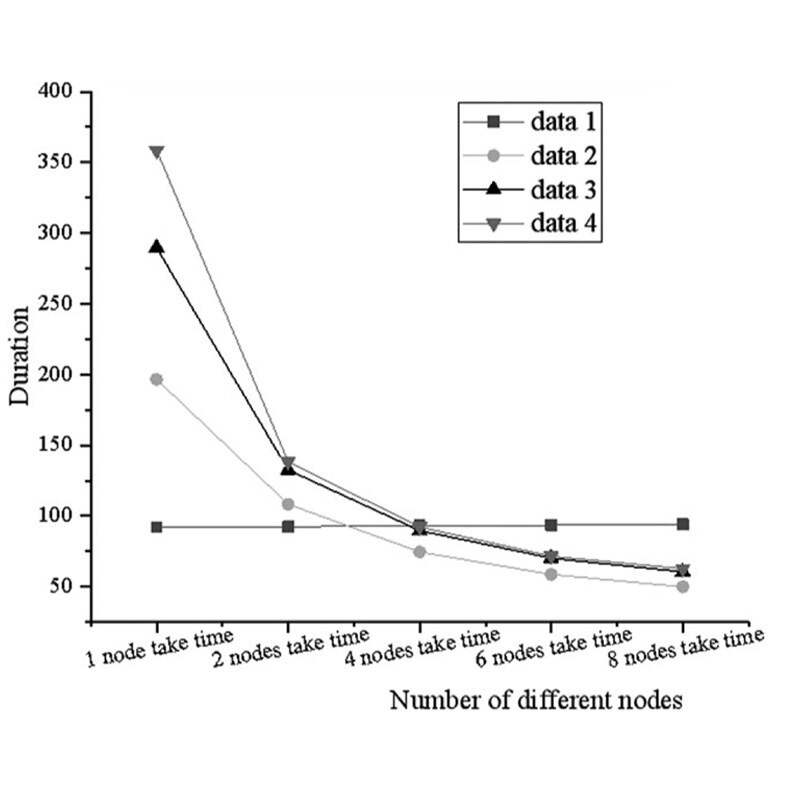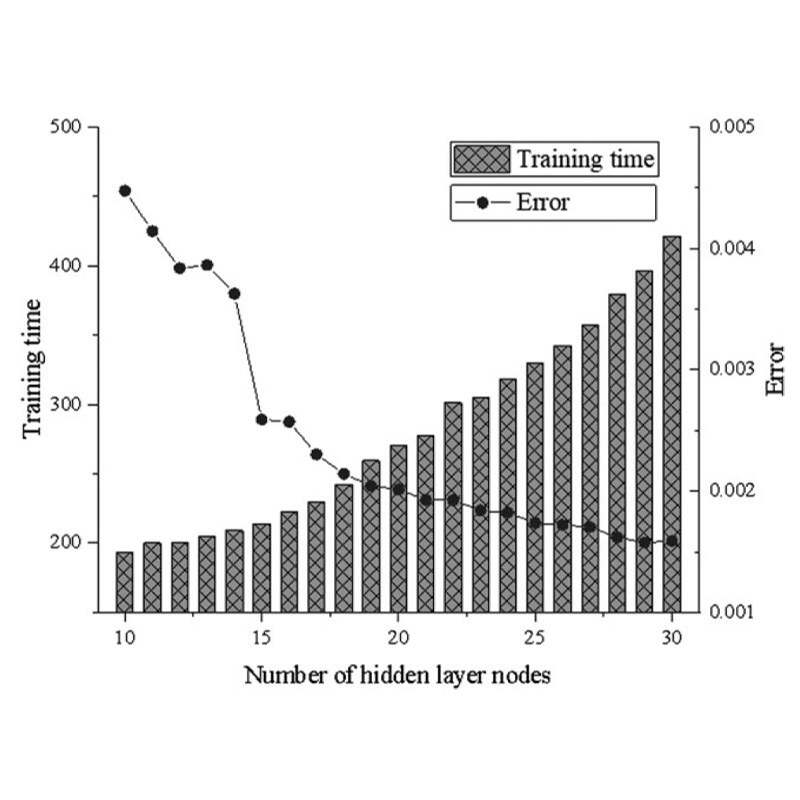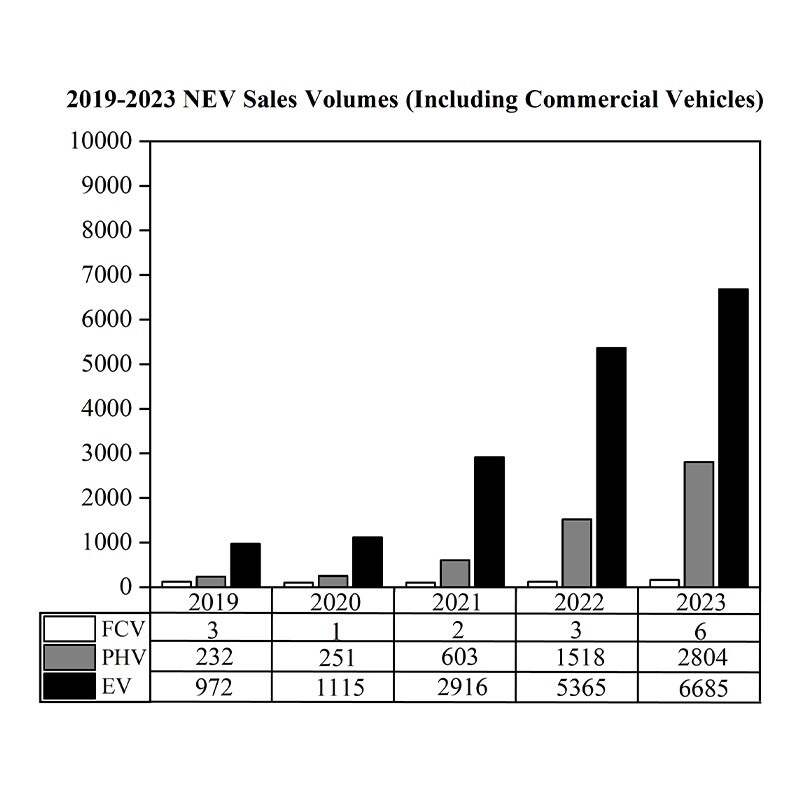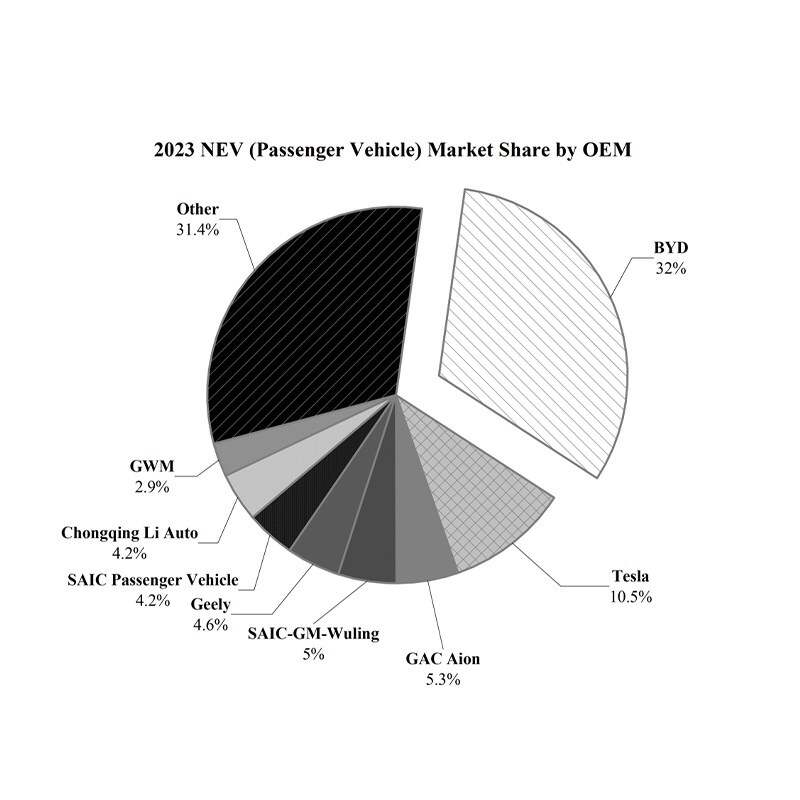Research Papers
Working Papers
From Bytes to Breakthroughs: How Digitalization Fuels Exploratory Innovation with Technological Diversity
with Chaoying Tang and Stefanie E. Naumann
This study investigates the effects of technology diversity and technology distance on exploratory innovation in AI-related firms in China. Our findings indicate that technology diversity positively impacts exploratory innovation, whereas the relationship between technology distance and exploratory innovation follows an inverse U-shaped pattern. In addition, business digitalization moderates these relationships. When business digitalization is high, the positive effect of technology diversity on exploratory innovation is amplified, leading to greater innovative outcomes. Moreover, high levels of business digitalization flatten the peak of the inverted U-shaped relationship between technology distance and exploratory innovation, allowing firms to better leverage distant technological knowledge without experiencing diminishing returns. These insights highlight the critical role of digital transformation in enhancing the innovative capabilities of firms through effective integration and utilization of diverse technological knowledge. Our study underscores the necessity for firms to invest in digital technologies to maximize their innovation potential and maintain a competitive edge in the rapidly evolving AI industry.
PRIs’ Knowledge Exploration Strategies, Research Collaboration, and Scientific Breakthrough: Evidence from China’s State Key Laboratory
with Chaoying Tang and Tao YiScientific breakthroughs play a pivotal role in advancing societal development, yet existing research on the origins of these breakthroughs still primarily focuses on the depth and breadth of an organization’s internal knowledge base, overlooking the impact of external knowledge exploration strategies and research collaboration. Grounded in the theory of knowledge combination, this study posits that scientific breakthroughs are outcomes of the novel knowledge creation and integration. We introduce a theoretical framework that underscores the significance of specific knowledge exploration strategies—knowledge path creation and interdisciplinary integration—and collaboration partnerships in catalyzing scientific breakthroughs. These exploration strategies are argued to enhance scientific breakthroughs by adopting new external knowledge or disciplinary integration to increase the diversity and potential of organizational knowledge combinations. Additionally, partnership heterogeneity facilitates scientific breakthroughs by offering a wide range of knowledge combination experiences, while partnership stability may impede them due to path dependency and cognitive rigidity. The findings enrich the understanding of scientific breakthroughs and offer insights into organizations’ knowledge exploration strategies and collaboration management.
Publication
The Effects of Creative Personality on Scientist Creativity
with Chaoying Tang, Shibo Mao, and Stefanie E. Naumann. Thinking Skills and Creativity, Vol. 51, March 2024.
Does a creative personality make scientists more creative? Previous research on creative personality, creative behavior, and performance has been mixed, with not all studies reporting a consistent positive relationship. We propose that this is, in part, because creativity is not solely determined by traits; instead, creative individuals require a specific context to fully realize their potential to create. Using trait activation theory, we show that, as scientific creativity is becoming more dependent on teamwork, creative personality interacts with scientists’ social identities and collaborative behavior to affect scientists’ creativity. Multisource data collected from 547 scientists from 36 research institutes in China revealed that two dimensions of scientists’ creative personality (research ability and uniqueness) exhibited a positive effect on their creativity whereas two other dimensions of their creative personality had a negative effect (self-discipline) or no effect (self-verification) on their creativity. In addition, the breadth of research communication, expertise identity, and organizational identity exhibited positive moderating effects on creative personality and scientist creativity. Specifically, when research communication breadth was high, self-discipline boosted scientist creativity; when expertise identity was high, self-verification boosted scientist creativity; and when organizational identity was high, the uniqueness dimension of scientist personality boosted scientist creativity. We discuss implications for theory and practice.
Prediction and Big Data Impact Analysis of Telecom Churn by Backpropagation Neural Network Algorithm from the Perspective of Business Model
with Jiarui Liu, Tianen Yao, and Yang Li. Big Data, Vol. 11, No. 5, October 2023.
This study aims to transform the existing telecom operators from traditional Internet operators to digital-driven services, and improve the overall competitiveness of telecom enterprises. Data mining is applied to telecom user classification to process the existing telecom user data through data integration, cleaning, standardization, and transformation. Although the existing algorithms ensure the accuracy of the algorithm on the telecom user analysis platform under big data, they do not solve the limitations of single machine computing and cannot effectively improve the training efficiency of the model. To solve this problem, this article establishes a telecom customer churn prediction model with the help of backpropagation neural network (BPNN) algorithm, and deploys the MapReduce programming framework on Hadoop platform. Using the data of a telecom company, this article analyzes the loss of telecom customers in the big data environment. The research shows that the accuracy of telecom customer churn prediction model in BPNN is 82.12%. After deploying large data sets, the learning and training time of the model is greatly shortened. When the number of nodes is 8, the acceleration ratio of the model remains at 60 seconds. Under big data, the telecom user analysis platform not only ensures the accuracy of the algorithm, but also solves the limitations of single machine computing and effectively improves the training efficiency of the model. Compared with that of the existing research, the accuracy of the model is improved by 25.36%, and the running time is shortened by about twice. This business model based on BPNN algorithm has obvious advantages in processing more data sets, and has great reference value for the digital-driven business model transformation of the telecommunications industry.
FsQCA Analysis of Differences of Two Kinds of Scientific and Technological Talents’ Growth Environment
with Chaoying Tang and Shibo Mao. Studies in Science of Science, Vol. 42, Iss. 8, September 2023. — A leading Chinese management journal.
The growth of scientific and technological talents is shaped by different external factors. This study analyzes 115 scientific talents and 48 ordinary researchers from 30 institutes of the Chinese Academy of Sciences using fuzzy-set qualitative comparative analysis. Results show that for basic research, growth is heavily dependent on mentor-student relationships, with most successful talents coming from top universities and gaining project or overseas experience. For technology development, project experience and education quality are crucial. Team size played a minimal or even negative role in both cases. These findings inform talent management policies, suggesting tailored approaches for research and technology development.
Cases and Teaching Materials
Transforming Futuristic Concepts into Actualities: Xiaomi’s Strategic Leap into The New Energy Vehicle Industry
The automobile industry is going through a dramatic change as new electric vehicles (NEVs) rapidly gain in popularity. Car makers and suppliers are being forced to examine conventional resources and traditional fuels as well as tried and true development tech-niques as a result of individualisation, electrification, and autonomy as well as the con-stant demand from customers and stakeholders for increased climate responsibility. New technology in the automotive industry opens up new opportunities. AI, additive manu-facturing, the Internet of Things (IoT), and 5G have become sources of product innova-tion and manufacturing efficiency, and major vehicle manufacturers are investing in the production of electric vehicles.
Xiaomi, a consumer electronics and smart manufacturing company with smartphones and smart hardware connected by an IoT platform at its core, successfully delivered its first smart electric vehicle in just 3 years after announced its entry into the new energy vehicle (NEV) industry in March 2023. The company announced it was aiming to be-come one of world’s top five automakers as well as a leader in the evolving realm of global cutting-edge technologies. As a “novice” in the electric vehicle (or new energy ve-hicle, as it is known in China) industry, can Xiaomi seek the new opportunity of electric vehicles (or new energy vehicles, as they were known in China) and dominate this fiercely competitive market as it expected? Compared with other industry players with different backgrounds and strengths, has Xiaomi missed the best entry window? In order to become a top seller, how should Xiaomi have positioned its own new energy vehicle and designed its competitive strategy? Could Xiaomi transfer its existing advantages and resources to its new business?
This case discusses the strategies adopted by Xiaomi based on its potential strengths, competitive assets, and identifies strategic opportunities and challenges Xiaomi faces in becoming a leading EV manufacturer. It also sets the stage for the discussion on whether or not their current strategies will be optimal going forward.
